The Complete Guide to Eating Healthy on a Shoestring Budget
We live in a world today where ordering a burger from McDonald’s is less expensive than buying a single head of broccoli from the local supermarket. The sad reality that unhealthy foods are almost always cheaper makes maintaining a healthy diet incredibly difficult for those operating on a tight budget.
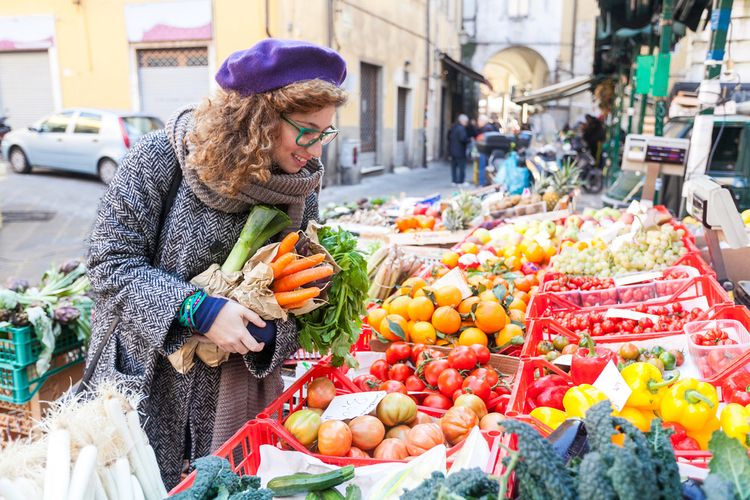
Eating unhealthy foods, however, is certainly not cheaper in the long run; and while it may sometimes be cheaper in the short term, this doesn’t have to be the case. In fact, there are plenty of ways to maintain a tasty and nutritious diet without taking out a second mortgage.
Can You Afford to NOT Eat Healthy?
Many people may feel like they can’t afford to eat healthy. But the truth is, most people can’t afford not to. Your diet plays an incredibly important role in your health, and with the costs of medication and medical procedures skyrocketing, there’s a hidden price tag on every bit of junk food you buy.
Consider these statistics:
- Since the 1970’s, when the U.S. government began subsidizing corn and soy farmers, the average person has consumed an extra 500 calories per day in high-fructose corn syrup.
- Today, obesity is to blame for 7% of all sick leave and disability.
- People suffering from obesity are two and a half times more likely to be prescribed medication for cardiovascular and circulation disorders—and visit their physician 40% more—than people of a normal weight.
- The healthcare costs related to obesity in the United States are estimated to be $118 billion per year—nearly twice the cost related to smoking cigarettes.
It’s true that thanks to government subsidies and low-quality ingredients, eating bagged, canned, and boxed processed food items is cheaper in the short term than eating fresh, healthy foods. The hidden cost of the decision to eat poorly, though, comes over the course of a lifetime in the form of medical copays and expensive medications. Take it from the experts: it’s cheaper to eat healthy!
10 Steps to Eating Healthy on a Budget
While eating healthy may be less expensive in the long term, that doesn’t make it any easier on a person who has to feed themselves and a family on a limited budget. Fortunately, there are steps that you can take to make purchasing healthy food much less of a blow to your pocketbook. Next time you head to the supermarket, consider following a few of these helpful tips.
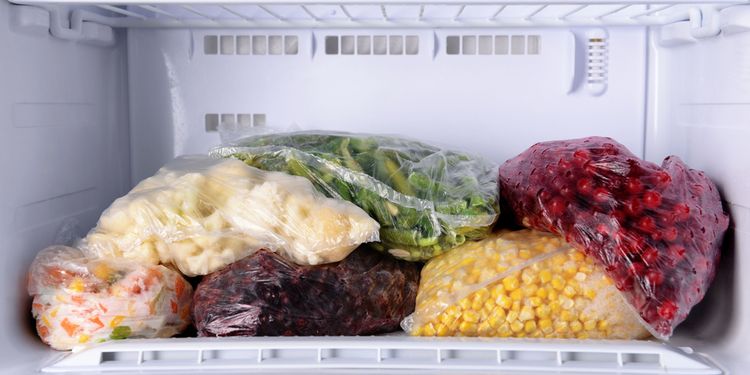
1) Buy Frozen Fruits and Vegetables
Fresh fruits and vegetables can be expensive, and canned produce most often contains a staggering number of unhealthy ingredients. The solution: frozen fruits and vegetables. Frozen fruits and veggies are less expensive than their fresh counterparts and still contain many nutrients without any unwanted ingredients, making them a great compromise for the budget-minded shopper.
2) Stick to the Basics
Instead of purchasing costly, exotic ingredients and seasonings that you will likely rarely use, stick to more basic ingredients. Sea salt, garlic powder, and dried basil can be used to season a wide variety of foods, meaning that they won’t sit unused in your pantry for months like more expensive, recipe-specific seasonings.
When choosing an oil to cook with or for cold purposes, you can pick one type for each and use it for all of your dishes. Olive oil is great for cold purposes, while coconut oil is ideal for cooking. Choose refined (organic) coconut oil for cooking, as it’s cheaper and has a higher smoke point than its extra-virgin counterpart (450 F, as opposed to 350 F).
If you can afford starches in your diet, potatoes are inexpensive and filling, and they can be prepared in a wide variety of interesting ways.
The bottom line is that whatever you choose to purchase, stick to basic, multipurpose foods that you’ll be certain not to waste.
3) Shop in Bulk
Almost every food is cheaper in bulk. However, many people don’t have the cash on hand or storage space to do their grocery shopping in bulk. To overcome this, go in with a few friends and combine your budgets so that you’re able to buy the foods you want in bulk. Then, split your purchases up accordingly.
4) Skip the Ribeye Steak
Prime cuts of meat are expensive, but there are plenty of other cuts of meat to consider that cost much less. Cuts such as chuck roast, brisket, liver, and heart have much lower price tags than the more popular cuts and are delicious when prepared right. Best of all, they’re just as nutritious.
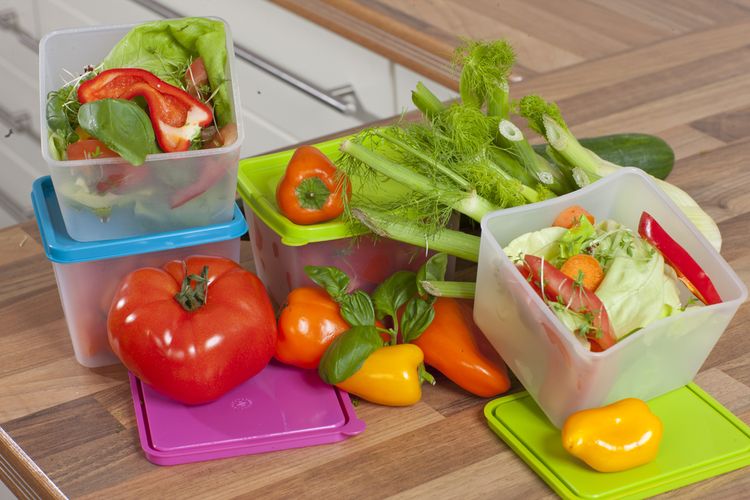
5) Save Your Leftovers
Not only does saving your leftovers keep you from discarding perfectly good food—it also provides you with tasty, healthy meals at times when ordering takeout is a temptation. You may, in fact, want to buy enough food to always have leftovers. While this might sound expensive, using leftovers to replace TV dinners and takeout at those times when preparing a meal is inconvenient is actually much cheaper.
6) Don’t Overpay for Convenience
With many food items, you’re paying just as much for the packaging as you are for the food itself. Instead of buying bags of microwavable popcorn, purchase whole corn kernels and pop them yourself. Instead of purchasing flavored water or vitamin water, buy flavor mixes in bulk, and replace bottled water with a reusable bottle and filtered water. Anytime you can substitute simple, home-prepared items for costly, prepackaged convenience items, it’s well worth the trade.

7) Buy Food That’s Both Cheap and Healthy
This one may seem like a no-brainer, but many people don’t know where to begin when looking for food that’s both inexpensive and healthy. While there are a number of great options, here are ten great items that are both healthy and cheap:
- Bananas
- Beans
- Cauliflower
- Sweet Potatoes
- Eggs
- Brown rice
- Spinach
- Plain yogurt
- Whole organic chicken
Plan your shopping list around these and other great food items for meals that are both healthy and cheap.
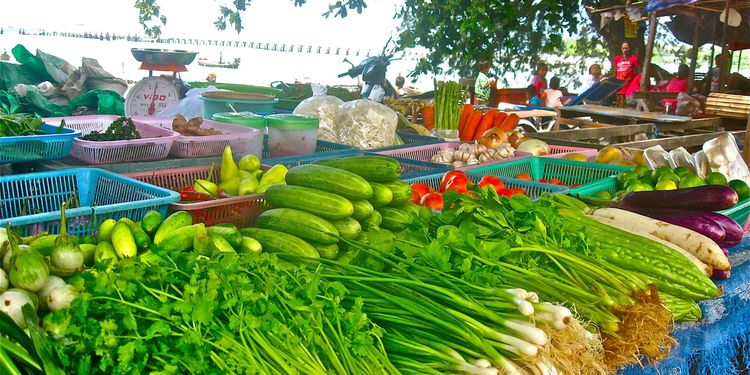
8) Buy Local
Much of the price tag on the food you see in the store comes from the cost it takes to transport it. To avoid paying for these costs, buy local every chance you get. A good place to start is by finding out if there are any farmers’ markets in your city. Farmers’ markets are a great source of local produce and often have a wide variety of options for you to choose from.
9) Organic isn’t Necessarily Better
When people think of healthy eating, “organic” is usually one of the first words that come to mind. Organic products, however, are notoriously expensive. Fortunately, you don’t have to eat an entirely organic diet to stay healthy. Instead of splurging on all organic foods, put your budget towards buying healthy fruits, vegetables, and other items that don’t necessarily have to be organic to be healthy.
Items that you can safely buy non-organic include fruits and vegetables with protective skins, like avocados, pineapples, melons, and bananas. Just make sure to wash the outer peel before cutting into these fruits and veggies to avoid potentially harmful pesticides. Frozen fruit and packaged spices are among the variety of other items that are worth going non-organic for, as opposed to organic.
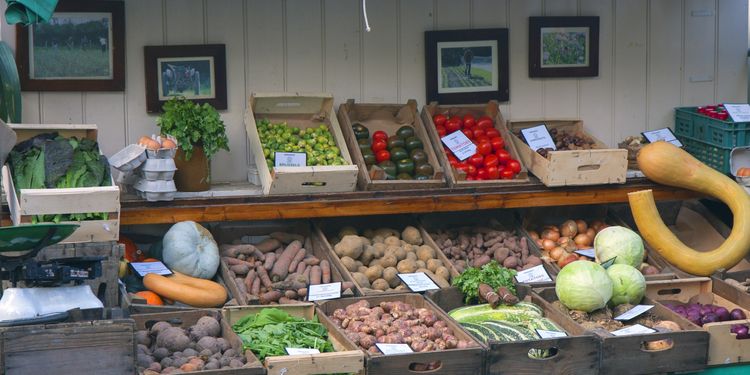
10) Shop the Sales
Everything from cars to clothes eventually goes on sale. For the most part, people are pretty good at finding these opportunities, but the act of hunting down sales somehow seems to be lost when it comes to food.
You can save quite a bit of money by paying close attention to which foods are going on sale. Also, check online and other resources such as your local newspaper for coupons on the food items you want to buy. Those shows about people walking out with shopping carts full of free food thanks to couponing aren’t entirely exaggerated. You really can save a considerable amount of money by taking advantage of coupons.
So, while it may be tempting to stock up on cheap, unhealthy foods and indulge in quick, five-dollar meals at the drive-through when you’re crunched for time, it’s important to weigh those savings against the costs you’ll be paying down the line. Eating poorly will inevitably catch up to you, costing far more time and money than it would take to make healthier choices today. Luckily, with simple, smart adjustments, you can afford to eat healthier every single day without going broke.
